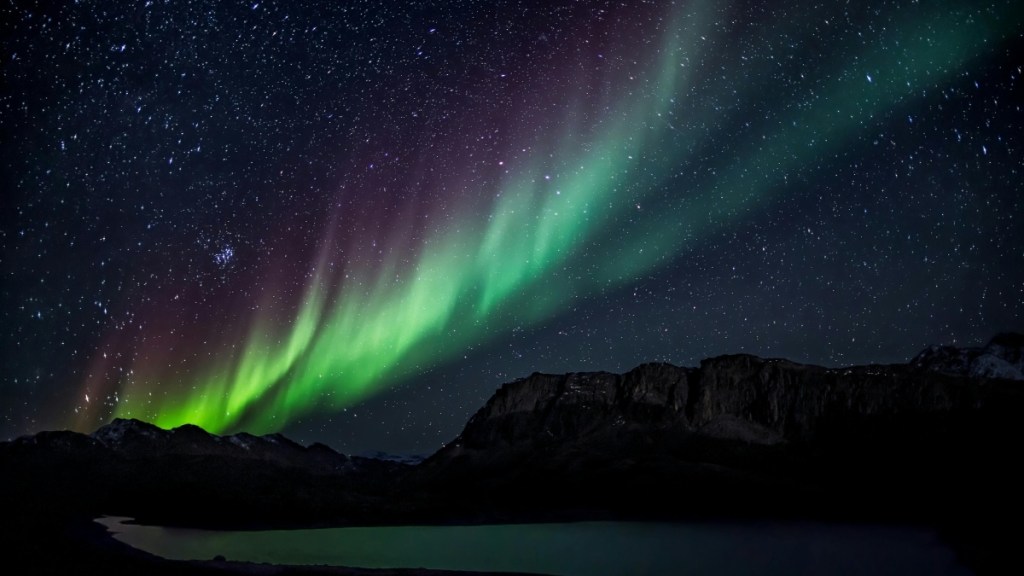Some say March comes in like a lion and goes out like a lamb. In addition to bouts of intense weather this year, Mother Nature will treat many of us to a beautiful show in the sky. The Aurora Borealis, commonly called the Northern Lights, will be on display and positively stunning. David Hathaway, a retired NASA solar physicist, says that March is the very best month to view the Northern Lights because it has the most geomagnetic activity. On Earth, we typically see six days of high geomagnetic activity in March, compared to just half that in December.
Videos by InspireMore
These Are The Best Places To View The Northern Lights In North American
Per People, the Northern United States, Canada, and areas near the Arctic Circle will be the best places to view the Northern Lights this March. Of course, traveling to the Arctic doesn’t hurt.
“So, why wait? If you’re thinking of heading on an aurora hunting trip, now is the time to do it! March is also a great time to visit Arctic regions as the winter snow is at its deepest and the daylight hours are growing visibly longer. It tends to be warmer and there is less cloud cover at night, according to the Aurora Zone,” Hathaway explains.
The National Oceanic and Atmospheric Association says we don’t need special equipment to view the Northern Lights, but moving to an area in the country with less light pollution and trees is best.
Per the NOAA, “Best aurora is usually within an hour or two of midnight (between 10 PM and 2 AM local time). These hours of active aurora expand towards evening and morning as the level of geomagnetic activity increases. There may be aurora in the evening and morning but it is usually not as active and therefore, not as visually appealing.”
This story’s featured image can be found here.
Want to be happier in just 5 minutes a day? Sign up for Morning Smile and join over 455,000+ people who start each day with good news.

